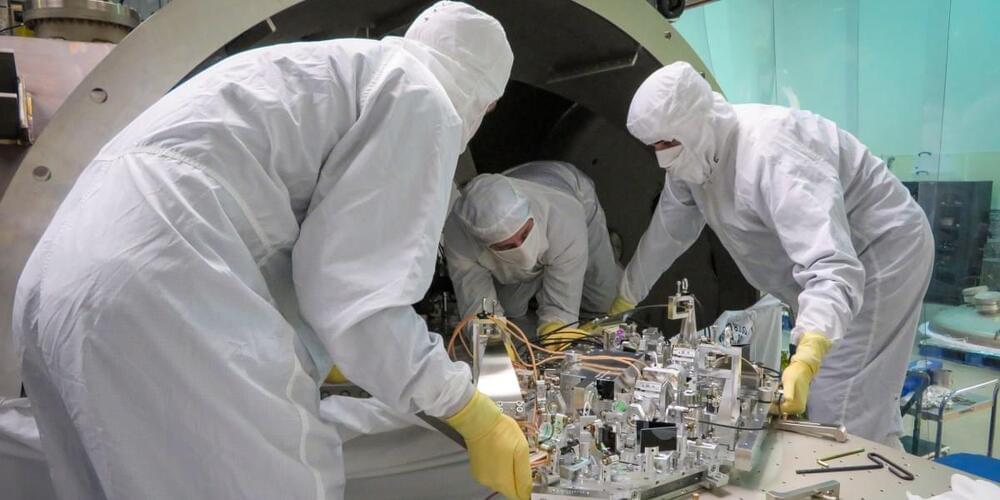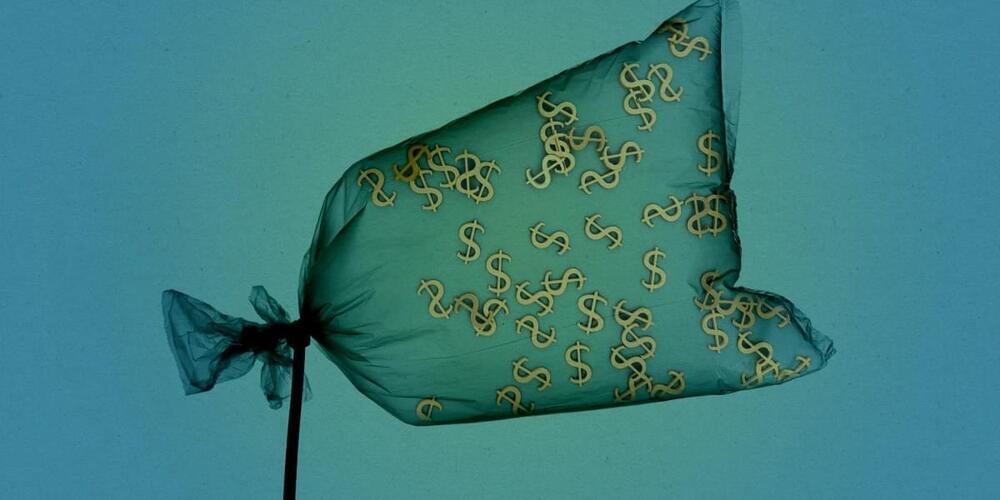Levitating magnets at sub-zero temperatures could lead to revolutionary cosmic insights.



For years, niobium was considered an underperformer when it came to superconducting qubits. Now scientists supported by Q-NEXT have found a way to engineer a high-performing niobium-based qubit and so take advantage of niobium’s superior qualities.
When it comes to quantum technology, niobium is making a comeback.
For the past 15 years, niobium has been sitting on the bench after experiencing a few mediocre at-bats as a core qubit material.

“Cannabis use is increasing in both prevalence and frequency, while conventional tobacco smoking is declining,” said Salomeh Keyhani, MD, MPH. “Cannabis use by itself might, over time, become the more important risk factor.”
Can smoking cannabis bring the same risk of heart attack and stroke as smoking cigarettes? This is what a recent study published in the Journal of the American Heart Association hopes to address as a team of researchers from the University of California, San Francisco (UCSF) investigated the likelihood that cannabis use would lead to a heart attack and/or stroke. This study comes as recreational cannabis use is slowly becoming legal across the United States and holds the potential to help researchers, medical professionals, legislators, and the public better understand the long-term health risks associated with cannabis use, specifically smoking cannabis.
For the study, the team compared data from the Behavioral Risk Factor Surveillance Survey between 2016 and 2020 across 27 American states and 2 territories and 434,104 survey participants between ages 18 and 74 to ascertain a link between their cannabis use and likelihood for heart problems. The team classified cannabis use as the number of times a participant smoked cannabis within a previous 30 days while accounting for self-reported heart issues and tobacco use, as well.
In the end, the team found that 4 percent of participants use cannabis daily while 7.1 percent did not. When combined with the self-reported heart issues of the daily cannabis users, the team found this group exhibited a 25 percent chance of having a heart attack and a 42 percent chance of having a stroke.

Elon Musk claims OpenAI is using GPT-4 to ‘maximize profits’ instead of ‘for the benefit of humanity.’
The lawsuit claims that the GPT-4 model OpenAI released in March 2023 isn’t just capable of reasoning but is also actually “better at reasoning than average humans,” having scored in the 90th percentile on the Uniform Bar Examination for lawyers. The company is rumored to be developing a more advanced model, known as “Q Star,” that has a stronger claim to being true artificial general intelligence (AGI).
Altman was fired (and subsequently rehired five days later) by OpenAI in 2023 over vague claims that his communication with the board was “hindering its ability to exercise its responsibilities.” The lawsuit filed by Musk alleges that in the days following this event, Altman, Brockman, and Microsoft “exploited Microsoft’s significant leverage over OpenAI” to replace board members with handpicked alternatives that were better approved of by Microsoft.
“The new Board members lack substantial AI expertise and, on information and belief, are ill equipped by design to make an independent determination of whether and when OpenAI has attained AGI — and hence when it has developed an algorithm that is outside the scope of Microsoft’s license,” claims the lawsuit. The partnership between OpenAI and Microsoft is currently being examined by regulators in the UK, EU, and US to assess if their shared relationship impacts competition.

Genie learns how to control games by watching hours and hours of video. It could help train next-gen robots too.




With an emphasis on AI-first strategy and improving Google Cloud databases’ capability to support GenAI applications, Google announced developments in the integration of generative AI with databases.
AWS offers a broad range of services for vector database requirements, including Amazon OpenSearch Service, Amazon Aurora PostgreSQL-Compatible Edition, Amazon RDS for PostgreSQL, Amazon Neptune ML, and Amazon MemoryDB for Redis. AWS emphasizes the operationalization of embedding models, making application development more productive through features like data management, fault tolerance, and critical security features. AWS’s strategy focuses on simplifying the scaling and operationalization of AI-powered applications, providing developers with the tools to innovate and create unique experiences powered by vector search.
Azure takes a similar approach by offering vector database extensions to existing databases. This strategy aims to avoid the extra cost and complexity of moving data to a separate database, keeping vector embeddings and original data together for better data consistency, scale, and performance. Azure Cosmos DB and Azure PostgreSQL Server are positioned as services that support these vector database extensions. Azure’s approach emphasizes the integration of vector search capabilities directly alongside other application data, providing a seamless experience for developers.
Google’s move towards native support for vector storage in existing databases simplifies building enterprise GenAI applications relying on data stored in the cloud. The integration with LangChain is a smart move, enabling developers to instantly take advantage of the new capabilities.